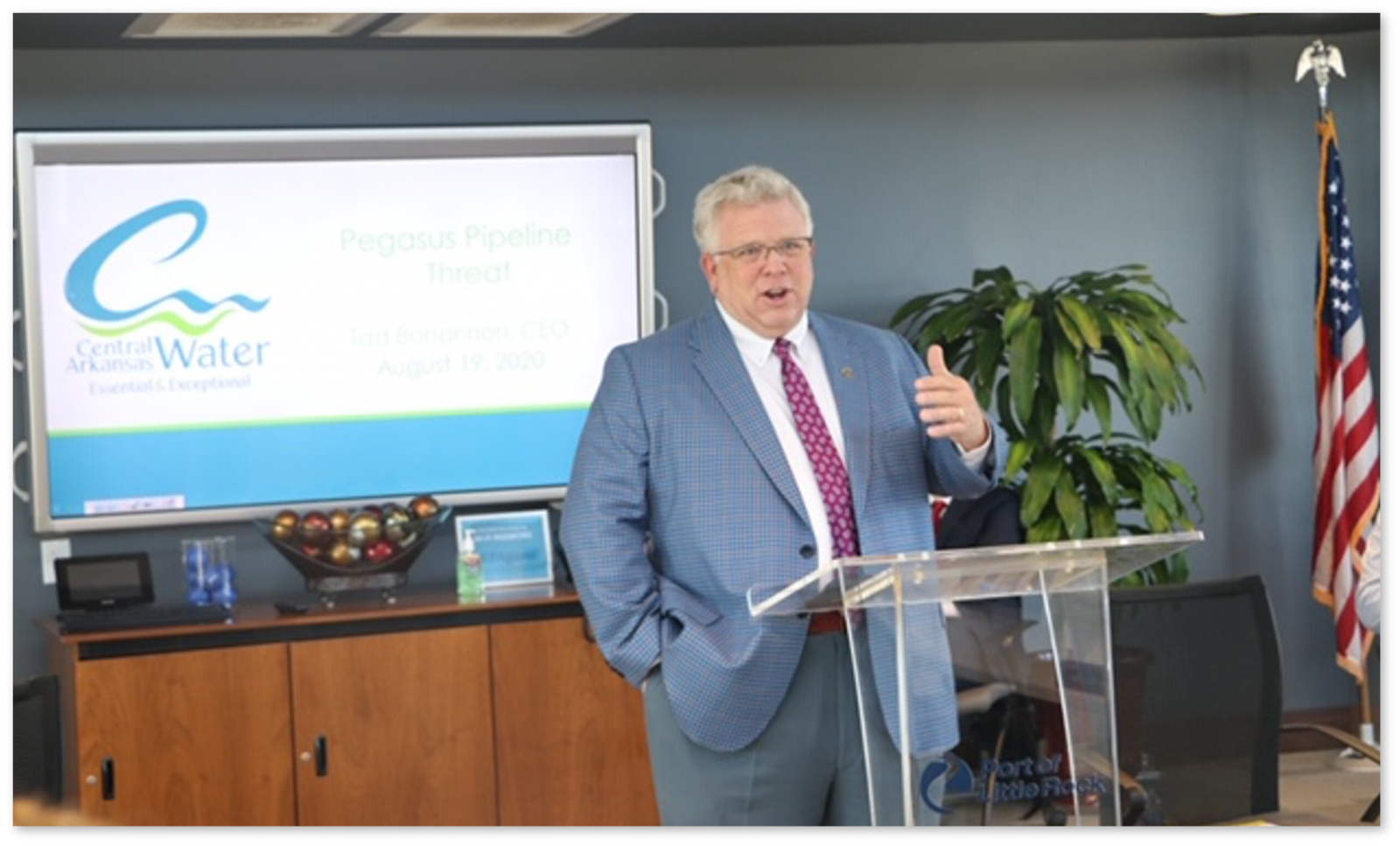Little Rock green bond brings forest protection to the fore in preserving water supply

Forest Protection in a Water Bond
Central Arkansas Water (CAW) is due to post a US$30.6 million green bond on Oct 19th. Certified under the Climate Bonds Water Infrastructure Criteria – the new bond is the first of its kind to acquire and protect forests specifically to secure clean drinking water.
First reported by Environmental Finance, the bond will finance a combination of green and gray infrastructure projects to protect clean drinking water for the almost half a million 500,000 residents of the greater Little Rock, Arkansas.
Thirty-five percent (35%) of the green bond proceeds are earmarked for green infrastructure and will support the acquisition of approximately 1,820 ha (4,500 acres) of forested land, building on the 4637 ha (11,458 acres) of conserved forested buffer surrounding the drinking water reservoirs and its tributaries.

This acquisition will result in forty-five percent (45%) of the Lake Maumelle watershed being conserved as forest land, which provides critical filtration services for clean drinking water.
The World Resources Institute (WRI) and Encourage Capital partnered with CAW to prepare the issuance of the green bond and meet the Certification Standard from Climate Bonds.
A Model for other Munis?
Could this be the start of wider city-led grassroots innovation on green finance? While small compared to other recent green munis, this issuance is notable and will serve as a model for more than 52,000 community water systems in the United States and beyond.
In addition to helping meet regulatory provisions under the U.S. Safe Drinking Water and Clean Water Acts, the proposed green infrastructure projects will also protect the viewshed of the Ouachita National Recreational Trail, Pinnacle Mountain State Park (Arkansas’s most visited park), and Rattlesnake Ridge Natural Area habitat for 11 species of conservation concern and provide public hunting and recreation opportunities. The bond will also finance the storage of tens of thousands of tons of forest carbon.

The gray infrastructure projects focus on improvements to pipelines and delivery systems to reduce leakage and repairs, increase water efficiency, and built infrastructure improvements to increase the resiliency of CAW’s ability to deliver clean, quality drinking water.
C. Tad Bohannon, Chief Executive Officer of Central Arkansas Water
“This bond is special because it will help secure clean drinking water for the residents of Central Arkansas by both financing state-of-the-art infrastructure and also protecting our rich forestland and other natural ecosystems.”

Todd Gartner, Director of the Cities4Forests & Natural Infrastructure Initiative at WRI
“This is the first green bond of its kind to combine ‘gray infrastructure’ with the conservation of forests and other ‘green infrastructure’ specifically for source water protection. Central Arkansas Water is showing a lot of leadership with this innovation, and we expect to see other cities follow suit.”

Sustainability from CAW
The bond is the first to straddle both the engineered water infrastructure and nature-based aspects of the Climate Bonds Water Criteria. It signals a recognition of the importance of valuing, protecting, and enhancing ecosystem service functions alongside built infrastructure to increase resilience in the delivery of essential services, such as clean drinking water.
In a time of diminishing municipal budgets, CAW is showcasing how medium-sized municipalities can be leaders in meeting sustainable development goals by safeguarding natural assets.
We’ve pointed to some previous municipal issues that reflect environmental ambition and innovation around water.
With this new bond, CAW deserves a round of green muni plaudits.
‘Till next time,
Climate Bonds.
Related Resources from WRI:
- Forests Near or Far Can Protect Water for Cities
- Integrating Green and Gray: Creating Next Generation Infrastructure
- Protecting Drinking Water at the Source
